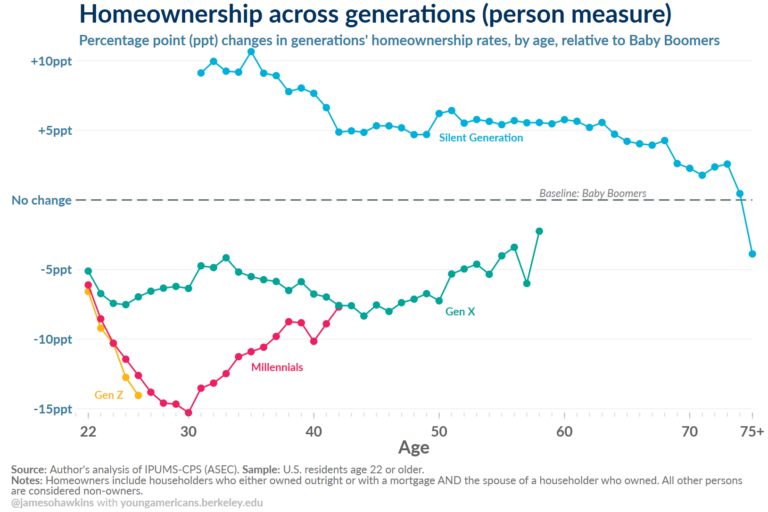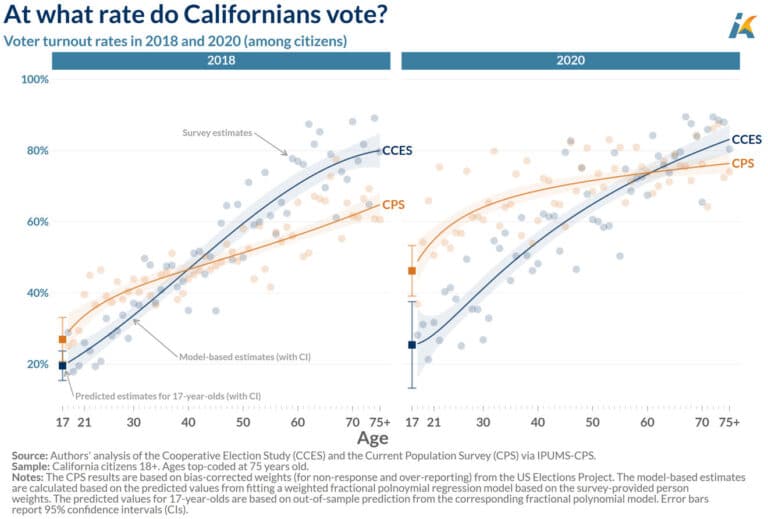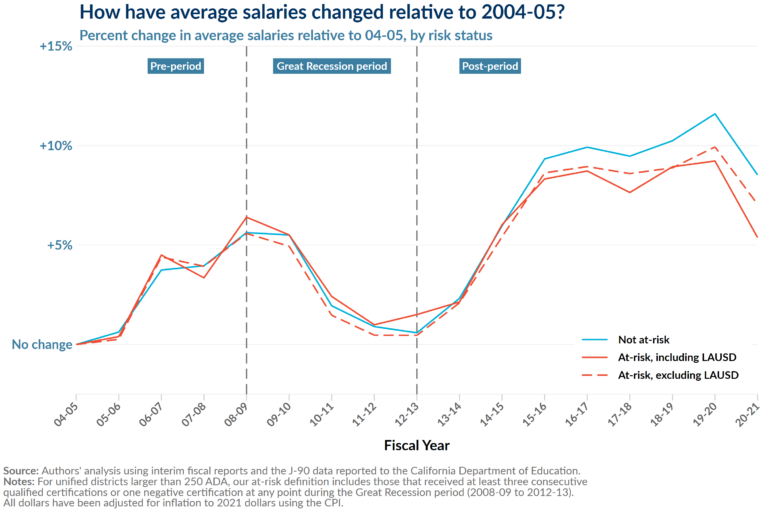
Young Adults and the Decline of Homeownership in California
Code, publicly-available data, and figures for this post are available on this Github repository. California faces a housing crisis. The severity of this crisis is apparent in a number of

Code, publicly-available data, and figures for this post are available on this Github repository. California faces a housing crisis. The severity of this crisis is apparent in a number of

Code, publicly-available data, and figures for this post are available on this Github repository. Significant effort in the social sciences is spent on properly measuring economic well-being. Statistics covering income

Assessing Changes in the Ideological Identity of Young Women and Men using the CCES A recent analysis by the Financial Times’ John Burn-Murdoch shows how the political ideology of young

On the blog this month we’re looking at trends in generational homeownership rates, by the age of each generation, with generation defined based on the Pew Research Center’s definition. The
Support for this project was provided by the Robert Wood Johnson Foundation. The views expressed here do not necessarily reflect the views of the Foundation. Summary One of the primary

Read the full policy brief, which reviews the research evidence for lowering the voting age, California’s historical context, and predicted turnout rates for 17-year-olds. Using data from the Cooperative Election

A review of the research evidence, California’s historical context, and predicted turnout rates for 17-year-olds Executive Summary For over 50 years, the minimum voting age in the U.S. has been 18

A new working paper from the Berkeley Institute for Young Americans analyzed California’s historical school district financial data to gain insights into why many of the state’s unified school districts became at-risk of financial insolvency during the Great Recession and its immediate aftermath.

California school districts are in a moment of uncertainty. While the state budget has been on solid footing for the last several years, the latest financial outlook from the Legislative Analyst’s

Executive Summary Proposition 13 plays an outsized role in the history of public finance in California and is a central feature of property ownership in the state. Despite its importance,
We envision a new paradigm in public policy that advances an equitable, sustainable, and prosperous society for current and future generations.